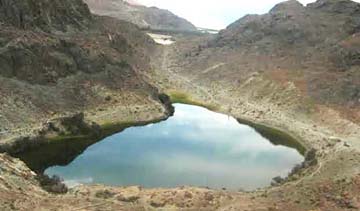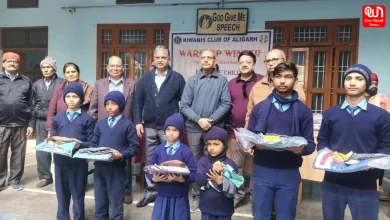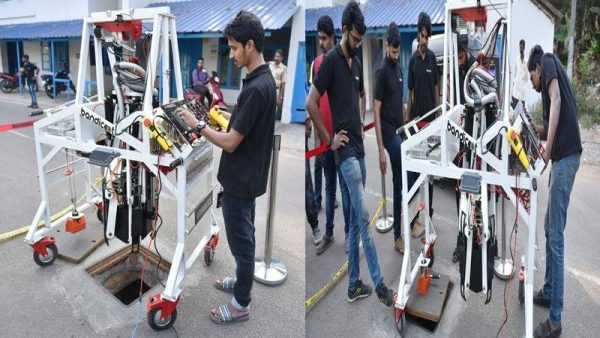A short road trip through the Nubra valley in Ladakh
A short road trip through the Nubra valley in Ladakh

A short road trip through the Nubra valley in Ladakh
We left Leh on August 24 morning for the Nubra valley. The region can be reached via different routes after crossing some high passes. We took the road over one of the highest motorable passes n the world, the Khardung La. Shared vehicles depart every morning around 8 from Leh (Polo Ground Taxi Stand) for Nubra. We had the entire vehicle to ourselves as the driver had to return to Diskit that day regardless of whether he had passengers or not. The weather was pleasant as we left the relative greenery of Leh behind.

On crossing the Khardung La, we had a scare descending on the other side. The jerry can filled with petrol on the Scorpio’s roof sprung a leak from the bumpy ride on a dirt road. It must have been the grace of the Buddha that we didn’t go up in flames.

We finally reached Diskit, the administrative headquarters of the Nubra region. We stayed in Hotel Real Siachen located in the older and nicer part of town with roads lined with chortens and prayer wheels. The hotel garden had apricot and apple trees by the dozen. Our plan was to spend a few days visiting places in and around town.

The next morning we boarded the bus to Hunder, a village about 10 kms from Diskit. Our first stop was to visit the Sand Dunes near Hunder and famous for the double humped Bactrian camels. The camels are descendants of the animals that traders used to ferry goods between Central Asia and Ladakh. Now days visitors can opt for a camel ride on the dunes.

The following day we walked up the road to the Diskit monastery, one of oldest and largest in the region. Situated on the way is the large statue of the Maitreya Buddha overlooking the confluence of the Shyok and Siachen rivers. Here you can see a spectacular view of the green flood plains of the Shyok river against the backdrop of the barren Ladakh and Karakorum ranges. We had to skip the visit to the monastery to get back in time to board the bus to Sumoor, a heritage village in the adjacent Siachen valley.

On reaching Sumoor we stayed at the AO guesthouse named such after a nearby mountain. Like most guesthouses and hotels in the valley this too had a large garden with apple and apricot trees. The apples were still several weeks from ripening, while the apricots were juicy and ripe for the picking.
Back in 2008, Sumoor and the neighbouring village of Tegar were declared as Tourist Villages by the Government of India for their natural beauty, historical and cultural heritage.

We experienced part of that beauty and heritage on a walk up to the Samstanling monastery built on a hill behind the two villages. The road is lined with poplar trees, farmhouses, apple and apricot orchards, chortens and prayer wheels.
Yarab Tso is a small lake near the village of Panamik and is considered sacred by Buddhists. Situated in a bowl-shaped hill, the lake is about a kilometre from the highway leading to the Siachen glacier. Despite its proximity to the road Yarab Tso is relatively less visited. To reach the lake we boarded a bus from Sumoor and the driver dropped us near the lake. We walked over sandy and scrubby land after which the trail climbed a small hill with the lake on the other side. There was a tranquillity sitting on its banks and watch the ripples kicked up by a gentle breeze. We left as the wind picked up and it began to drizzle.

Sumoor also has sand dunes that we visited on our last evening in the village. The sky was overcast and a strong wind blew occasionally. We attempted to walk to the confluence of the Shyok and Siachen rivers but the ground slowly turned to quick sand. With light fading we turned around and headed back to the guesthouse for a meal prepared with vegetables freshly picked from the owner’s garden.
Picture Courtesy:Mario D’Souza
Have a news story, an interesting write-up or simply a suggestion? Write to us at
info@oneworldnews.com







